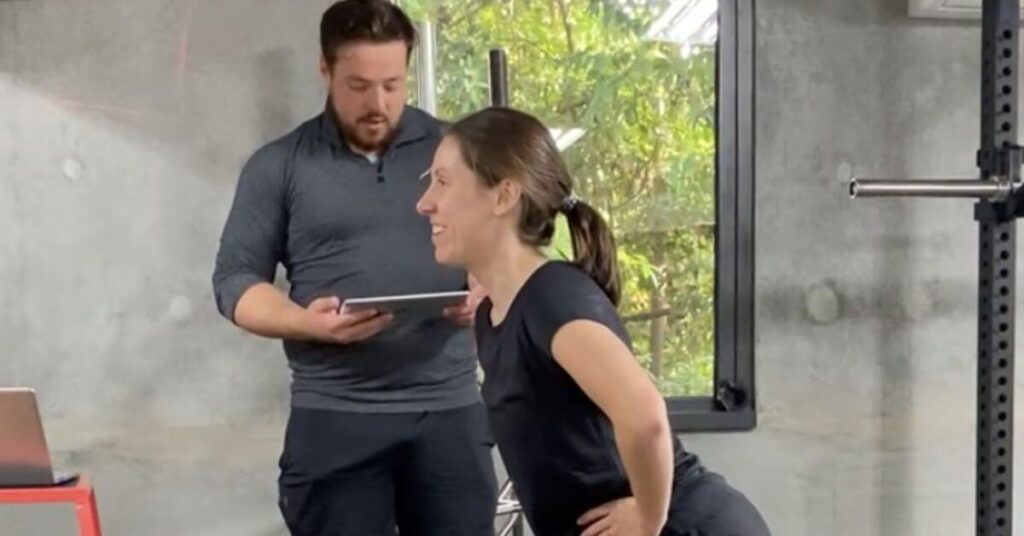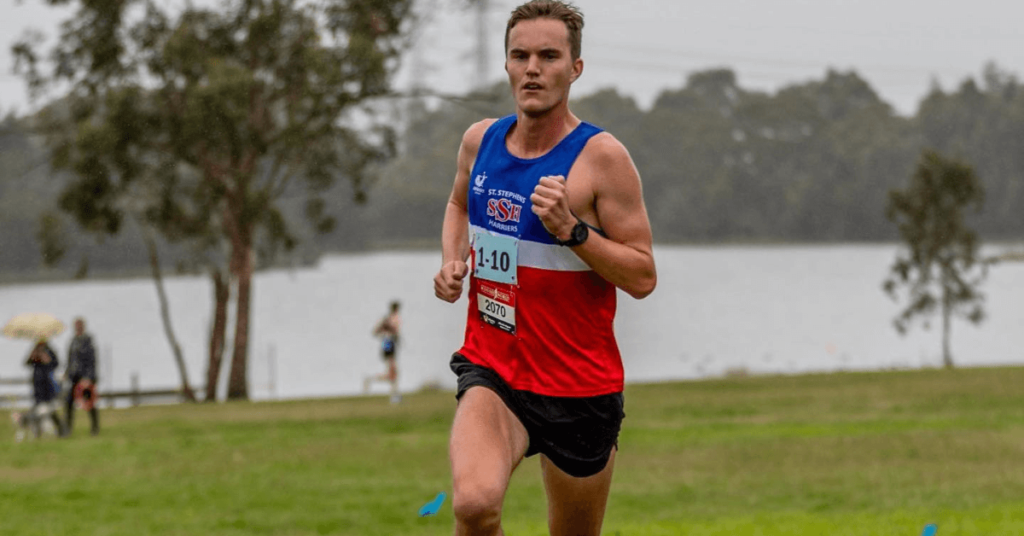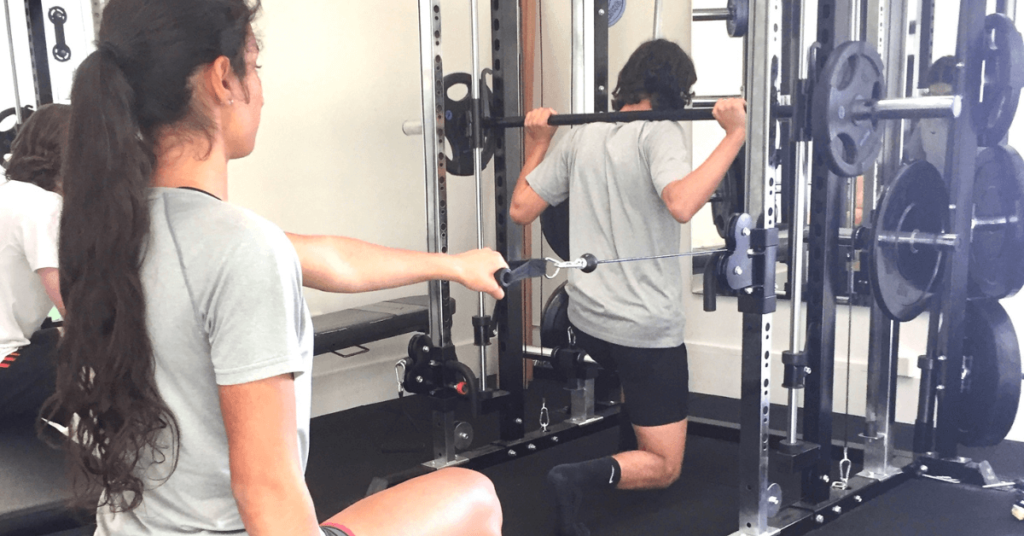Essential Strength and Conditioning Coach Skills
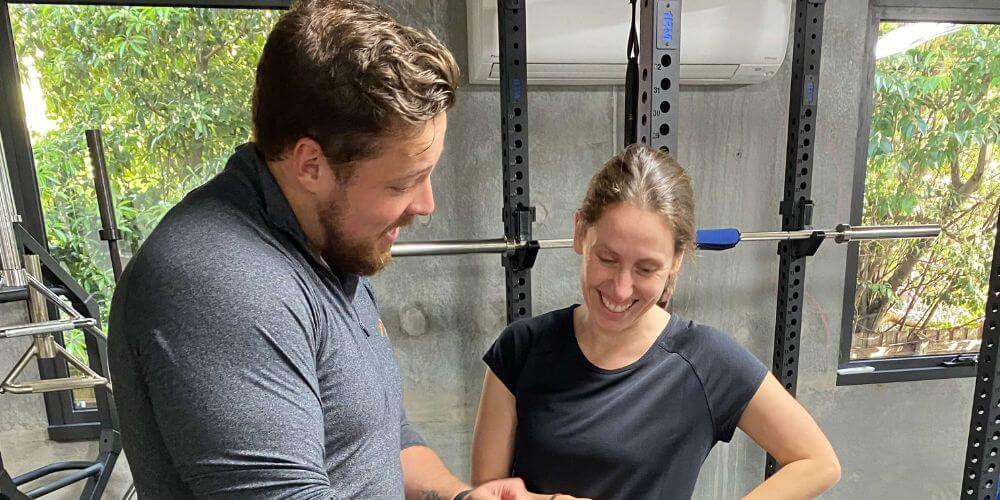
Having trained many athletes and non-athletes to improve their athletic abilities through strength and conditioning, I’ve seen how strength and conditioning have transformed and changed the lives of many individuals from diverse backgrounds and skill levels. My journey into strength and conditioning began with a burning passion for sports, specifically running and athletics. My love for all things sports-related transformed into a fascination with optimising athletic performance. I was captivated by the science behind strength training and conditioning and the effect it has on a person. Throughout the years, I’ve committed myself to levelling up my strength coaching skills and expanding my knowledge to be a better coach for my athletes and to be a healthier person, myself. Decades of training, mentoring, and athletic coaching experience made me realise the most essential skills that coaches need to have to be successful and have a life-changing impact on their athletes.
This blog dives into the must-have skills that set excellent strength and conditioning coaches apart. It’s not just about technical knowledge and skills; it’s about understanding how the body works, its limitations, and the countless possibilities for growth and development.
What does a strength and conditioning coach do?
Strength and conditioning experts hold a distinctive position, leveraging movement knowledge to enhance performance across niches. They train all ages and abilities, focusing on propelling skills and sporting achievement. They holistically integrate strength, power, speed, flexibility, and technical skill development.
S&C coaches like myself understand adaptation science, which allows us to periodise effective plans to reduce injury risks. They monitor loads and recovery to maximise gains. Distinct from personal trainers, they help and guide athletes, contributing to overall well-being via tailored programs and guidance in their lifestyle. Our duties as strength and conditioning trainers include tracking progress, setting objectives, motivation, nutrition advice, first aid, specialist referrals for injuries in response to physio theraphy, and creating evidence-based strength training plans. We also instruct groups or individuals, demonstrate safe techniques, suggest performance improvements, and lead regular exercise sessions.
With an in-depth understanding of biomechanics and the impact of athletic movements on the human body, strength and conditioning professionals aim to unlock potential while ensuring our clients stay safe and are progressing. Our role continues to evolve, but this ethos of enabling athletic excellence through science-backed, individualised, and holistic training remains unchanged.
Why are strength and conditioning skills essential for athletes?
Strategic strength and conditioning unlock hidden athletic potential. Through decades of S&C coaching experience, I have seen the immense performance gains and injury risk reductions these strength and conditioning programs provide athletes, exercise enthusiasts, and those who just want to feel better about themselves.
- Enhanced Strength and Power
- Boosted Endurance
- Superior Speed and Agility
- Increased Flexibility
- Reduced Injury Risk
- Mental Toughness and Resilience
- Improved Body Composition
- Enhanced Movement Patterns and Biomechanics
The Art of Strength and Conditioning Coaching: Unveiling the Essential Skills You Need
As a strength coach for over a decade, I’ve learned the craft requires equal parts science and art. Here are some insights from my experience on the key skills any practitioner must continuously develop:
Understanding Physiology and Biomechanics
Through my line of work, I’ve witnessed firsthand the incredible physiological transformations that strategic training stimuli can produce. However, programs must consider each athlete’s unique structure and capabilities to optimise movements while minimising injury risks. Getting the science right is fundamental to training athletes for optimal performance. Consider a runner who consistently experiences knee pain during training. A strength and conditioning coach with a deep understanding of physiology and biomechanics can analyse the runner’s running form and identify potential biomechanical imbalances that may be contributing to the pain. The coach can then design a training program targeting these imbalances, helping the runner develop more efficient and pain-free movement patterns.
Designing Tailored, Effective Programs
Over the years, I’ve trained hundreds of athletes across various sports. The most vital lesson has been that cookie-cutter programs don’t cut it. There’s no one-size-fits-all regarding S&C. Truly understanding an athlete’s specific goals, weaknesses, and limitations is essential to spurring adaptation through individually tailored plans.
Motivating and Communicating Like a Coach
Imagine a young athlete on the verge of giving up during a gruelling training session. They’re exhausted, discouraged, and questioning their ability to continue. In this moment, a coach’s ability to motivate and communicate effectively can make all the difference. My most rewarding experiences have come from pushing athletes and clients beyond what they thought possible. Coaches must connect and find the right cues to motivate. I’ve realised that empathy, authenticity, sincerity, and a “tough love” mentality at the right moments can make an athlete shine the most.
Obsessing Over Safety
As a strength and conditioning coach, I firmly believe in the adage, “First, do no harm.” This principle guides every aspect of my training approach, from designing exercise programs to evaluating movement patterns. My primary goal is to help athletes achieve their fitness goals while ensuring their long-term health and well-being.
I remember when I had a client who was eager to progress to more advanced exercises, but I noticed some subtle imbalances in her movement patterns. Instead of rushing into more challenging exercises, I took a step back and focused on correcting these imbalances first. While this may have slowed down her progress in the short term, it ultimately prevented her from sustaining a potentially serious injury. This reinforced my belief that safety does not put an athlete’s journey a step backwards. It’s all about creating a solid foundation to support their athletic success and overall health.
Continuous Learning and Development
There’s no such thing as too much learning. I make it a point to attend S&C conferences, read up on case studies on strength and conditioning, and experiment with and test new strength techniques and exercises. With the strength and conditioning coaching industry evolving rapidly, falling behind on new information can be detrimental to your coaching.
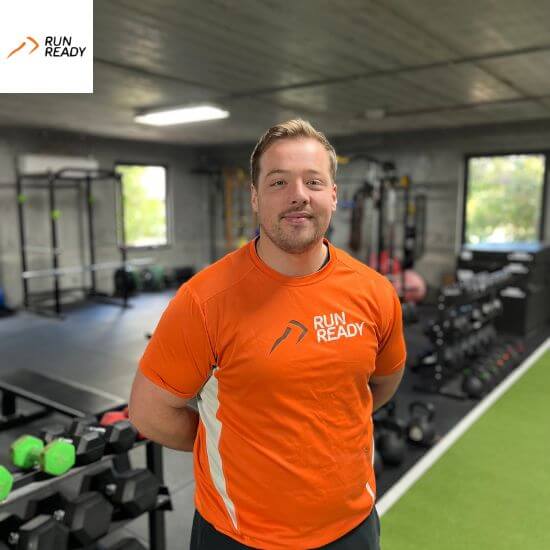
Australia’s strength and conditioning coaches are accredited by the Australian Strength and Conditioning Association (ASCA), which is a non-profit organisation and a national body for S&C trainers all over the country.
How can I become an accredited strength and conditioning coach in Australia?
The Australian Strength and Conditioning Association (ASCA) is Australia’s peak professional body for strength and conditioning coaches. The ASCA provides a range of accreditation programs for strength and conditioning coaches at all experience levels. Up to date, there are three levels of accreditation available at ASCA.
- Intro to S&C: Geared towards sport support teachers and secondary school students with a passion for S&C, this accreditation level serves as an introductory stepping stone into the world of S&C coaching and athletic development.
- Level 1: This is the entry-level accreditation for strength and conditioning coaches. To be eligible for Level 1 accreditation, you must have a relevant tertiary qualification and complete the ASCA Level 1 course.
- Associate Level 2 and Professional Level 2: The intermediate-level accreditation for strength and conditioning coaches. To be eligible for Level 2 accreditation, you must have Level 1 accreditation and at least one year of relevant experience.
- Elite Level 3 and Master Level 3: This is the highest level of accreditation for strength and conditioning coaches. To be eligible for Level 3 accreditation, you must have Level 2 accreditation and at least three years of relevant experience.
- Tactical S&C Level 1: This certification is designed for coaches in the tactical/operational sector and individuals seeking to expand into these fields. It equips them with the expertise to comprehend, create, and execute training programs to enhance tactical operators’ physical capabilities, health, and overall well-being.
As an ASCA-accredited strength and conditioning coach myself, I completed my tertiary qualifications by obtaining a Bachelor of Applied Science in Exercise Science before securing Level 1 accreditation and Level 4 IAAF Athletics. From my experience, gaining practical coaching experience at schools, gyms, and strength facilities is crucial before seeking accreditation, as it is one of the requirements.
Strength and conditioning are practical applications of sports science to enhance your movement quality and improve performance. It is a widely-used term referring to various exercises, training techniques, and concepts to improve strength, power, speed, agility, endurance, balance, and flexibility. What’s nice about strength and conditioning is that it’s for everyone and not limited to athletes only.
In the dynamic world of strength and conditioning, staying abreast of the latest trends is crucial for optimising performance and achieving fitness goals.
Tailor-fit Training: Tailored programs based on individual goals and needs.
Functional Movement: Integration of real-life movement patterns for improved performance
Integration of Technology: Use of wearables and apps for data-driven training and monitoring.
Focus on Nutrition and Recovery: Proper nutrition and holistic recovery strategies are emphasised
Holistic Development: Inclusion of mental and emotional well-being in athlete training
With so many coaches to choose from, it can be a bit difficult to find a strength and conditioning coach that addresses your specific needs and requirements. Here are some tips on how to find a strength coach who will help you reach greater heights in your fitness journey:
- Utilise local business directories and reviews to assess the coach’s reputation and reliability.
- Prioritise coaches with reputable certifications and relevant credentials to ensure their expertise.
- Explore coaches’ official websites for comprehensive information about their expertise, training philosophy, and client testimonials.
- Check the coach’s social media profiles to gain insights into their training approach and client interactions.
- Seek recommendations from friends, family, or fitness communities you trust for valuable word-of-mouth referrals.
- Schedule interviews or consultations with potential coaches to assess their communication skills and ensure their training philosophy aligns with your goals.


